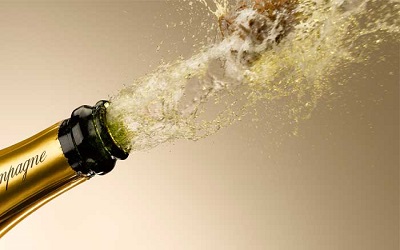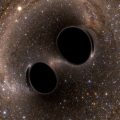PTE考生目前最大的问题之一就是练习题缺乏。除了有限的基本官方书(PLUS,Testbuilder, OG)之外就没有题了。很多英语基础不是很扎实的同学很难找到练习材料。悉尼文波雅思PTE培训学校专门为澳洲,尤其是悉尼、墨尔本的PTE考生准备了适合PTE听力阅读练习的科学60秒。各位PTE同学可以练习PTE听力中的summarise spoken text和PTE口语中的retell lecture,PTE听力口语-科学60秒-Frosty Moss练习记笔记技巧和复述。废话少说,下面开始:
60秒科学:Champagne Bubbles Key to Taste
Champagne Bubbles Key to Taste
A study in the Proceedings of the National Academy of Sciences finds that champagne’s bursting bubbles provide aromatic compounds that add to the taste. Adam Hinterthuer reports
Let’s raise a toast to champagne. And its ubiquitous bubbles. Because new research says the bubbles aren’t just tickling your tongue. They’re erupting with aromas vital to the taste of the beverage.
A team of (who else) French researchers used mass spectrometry to nose around a glass of champagne. They found that concentrations of certain molecular compounds were higher at the surface of the glass than in the liquid itself. They report the finding in the Proceedings of the National Academy of Sciences.
The scientists say the sea shares champagne’s secret. If you’ve ever enjoyed ocean air, it’s because compounds called surfactants are dragged along with bubbles in the waves. When those bubbles burst, the surfactants break into smaller molecules called aerosols that are suspended in the breeze, giving coastal areas their distinctive oceany odor. In essence, a glass of champagne hosts a small version of this process, but the bubbles bring more appetizing aerosols to the surface.
Legend has it that Dom Perignon shouted “I’m tasting the stars” when he uncorked his first bottle of champagne. But it was physics and chemistry, not astronomy, that he was really savoring.
—Adam Hinterthuer





